Lucknow Super Giants registered a big win over Chennai Super Kings as Marcus Stoinis led the charge with an unbeaten 124, securing their chase of 211 with six wickets and three balls to spare in Tuesday's Indian Premier League (IPL) clash.
Stoinis, delivering his maiden IPL century and his second in T20 cricket, overshadowed Chennai skipper Ruturaj Gaikwad's unbeaten 108 at the MA Chidambaram Stadium.
Despite a shaky start leaving them at 88-3 after 11 overs, Stoinis teamed up with Nicholas Pooran, who contributed 34 off 15 balls, and later with Deepak Hooda, forming a decisive 65-run partnership to seal the win in 19.3 overs.
Stoinis, reaching his hundred in 56 balls, alongside Hooda's 17 not out off six balls, propelled Lucknow to their second consecutive triumph over Chennai, elevating them to fourth place.
In the final over, needing 17 to win, Stoinis displayed his prowess, smashing Mustafizur Rahman for a six and three fours, including one off a no ball.
Chennai skipper Gaikwad, reflecting on the game, said, "Tough pill to swallow, but good game of cricket. LSG played really well in the back end. We had the game in control till 13-14 overs, but Stoinis played a great innings."
Stoinis, who entered the fray after Quinton de Kock's early dismissal, orchestrated his innings meticulously, notching up 13 fours and six sixes in his 63-ball knock, marking the highest individual score while chasing in the IPL.
Speaking of Stoinis's performance, Hooda described him as "a warrior, he is a kind of motivation to us."
Chennai, batting first, posted 210-4, powered by Gaikwad's stellar century and a crucial 104-run partnership between the skipper and Shivam Dube, who contributed 66 runs.
Gaikwad, despite early setbacks losing Ajinkya Rahane and Daryl Mitchell, showcased his batting prowess, reaching his hundred from 56 balls with a six and four.
Dube, reaching his fifty with a boundary and a six, fell short in the final over due to a run-out, as veteran M.S. Dhoni's cameo earned applause from the crowd, concluding with a boundary off the last ball.
(AFP)






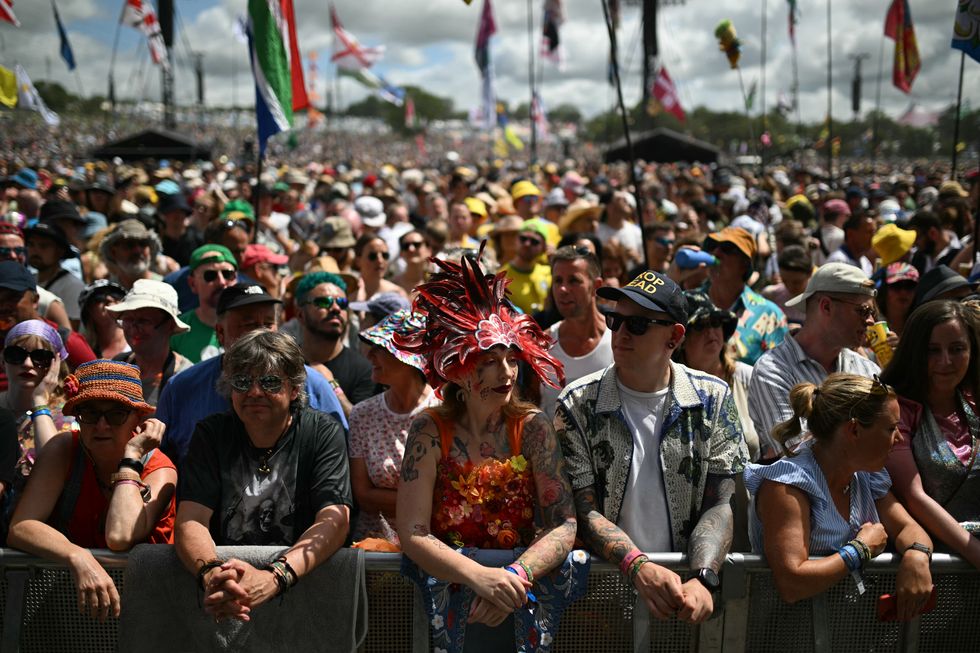 Festival goers at Glastonbury festival 2025Getty Images
Festival goers at Glastonbury festival 2025Getty Images 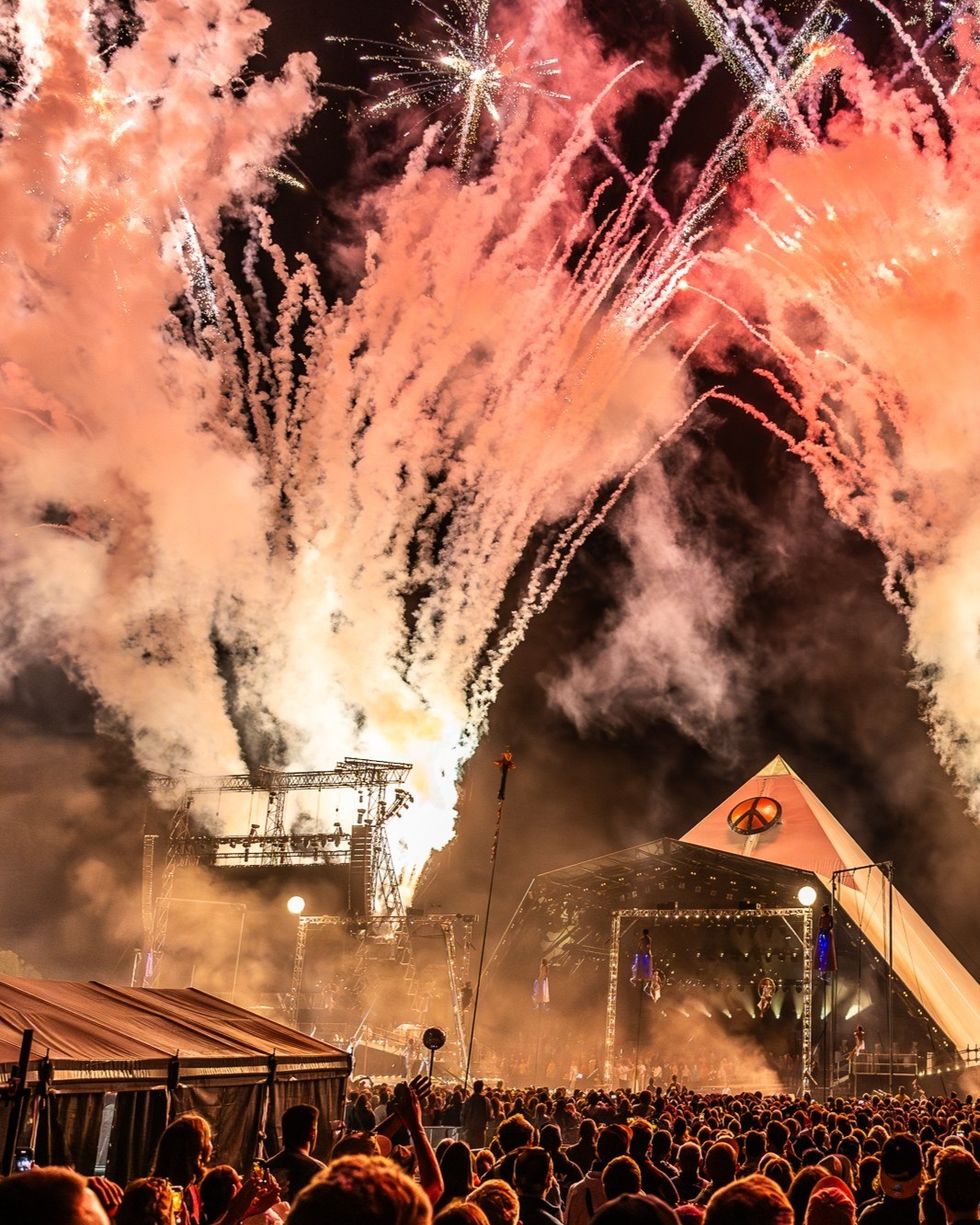 Pyramid Stage crowd swells ahead of the mystery Patchwork act rumoured to be Pulp Instagram/
Pyramid Stage crowd swells ahead of the mystery Patchwork act rumoured to be Pulp Instagram/ Kneecap welcome as political tension surrounds their setGetty Images
Kneecap welcome as political tension surrounds their setGetty Images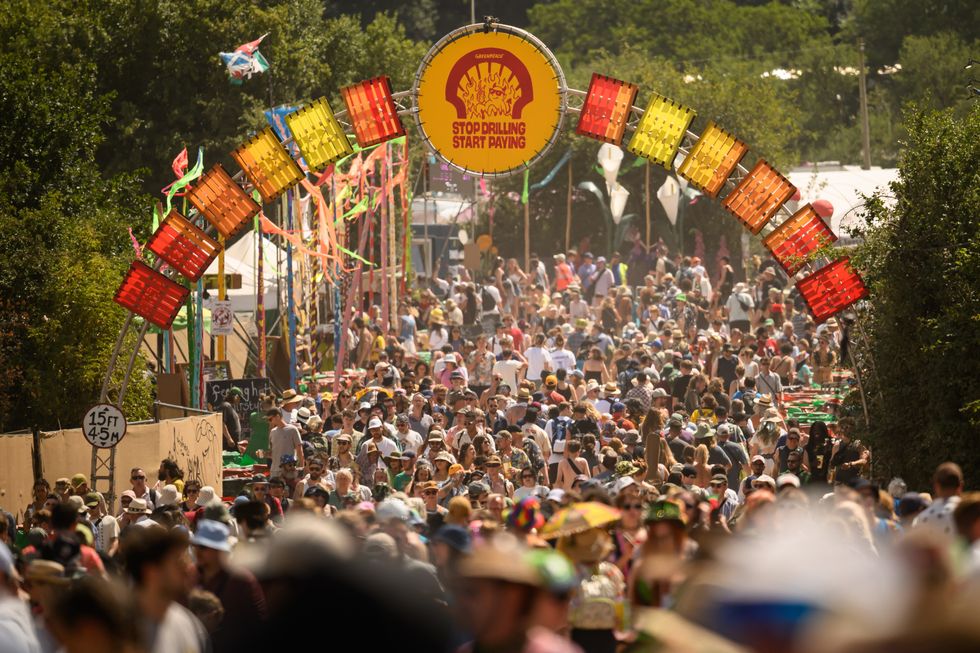 Crowds of festival-goers fill the pathways during day three of Glastonbury festival 2025Getty Images
Crowds of festival-goers fill the pathways during day three of Glastonbury festival 2025Getty Images 









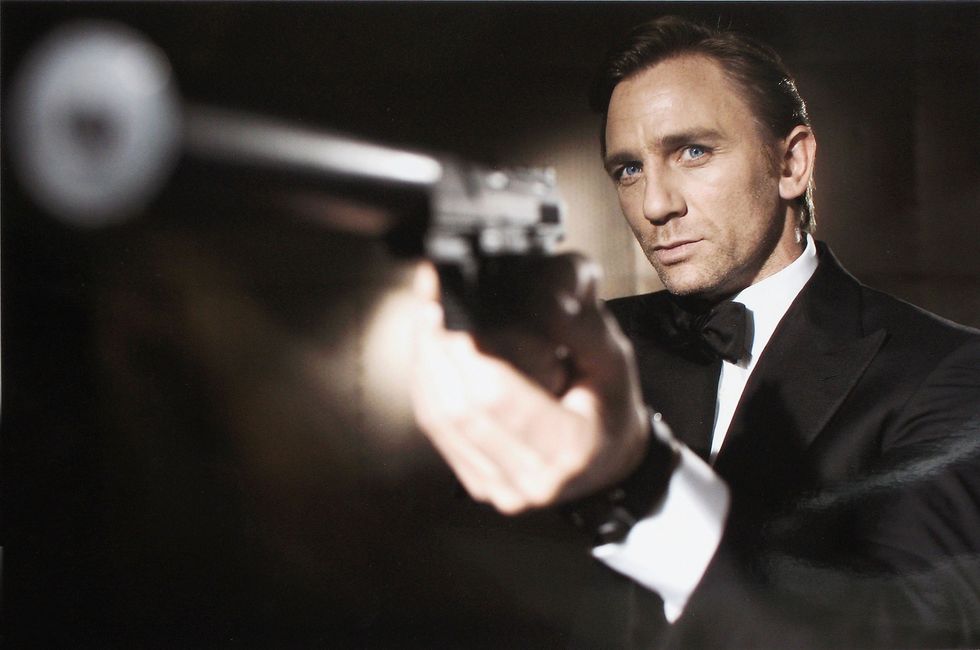 Daniel Craig poses as James BondGetty Images
Daniel Craig poses as James BondGetty Images  James Bond casting shortlist revealed with Tom Holland Jacob Elordi and Harris Dickinson in leadGetty Images
James Bond casting shortlist revealed with Tom Holland Jacob Elordi and Harris Dickinson in leadGetty Images Is this the youngest James Bond yet as Tom Holland Harris Dickinson and Jacob Elordi lead casting rumoursGetty Images
Is this the youngest James Bond yet as Tom Holland Harris Dickinson and Jacob Elordi lead casting rumoursGetty Images
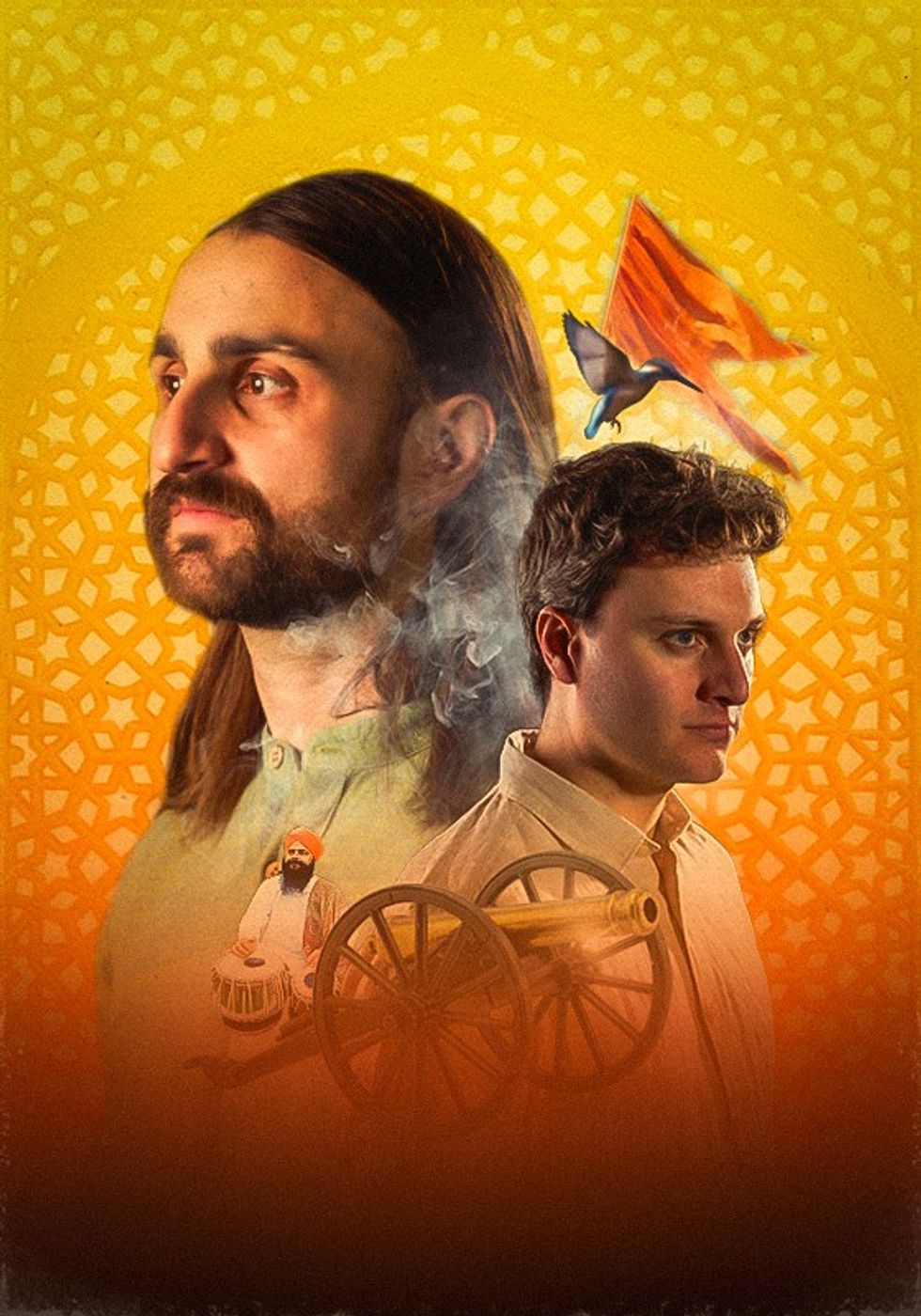 An explosive new play that fuses biting satire, history and heartfelt storytellingPleasance
An explosive new play that fuses biting satire, history and heartfelt storytellingPleasance
Police may probe anti-Israel comments at Glastonbury